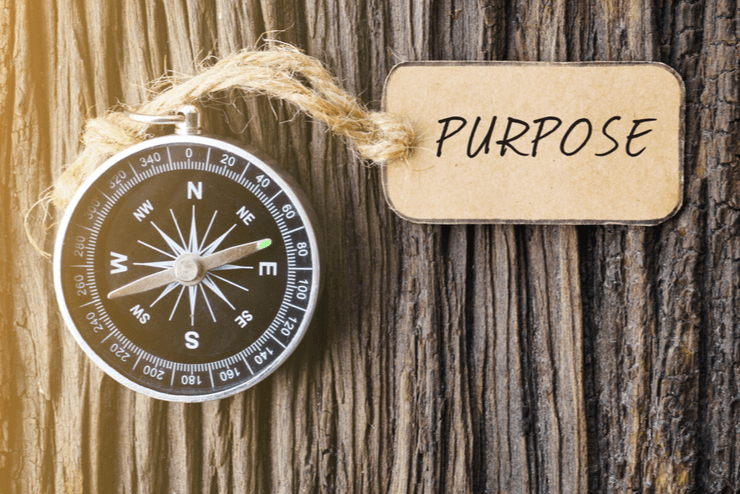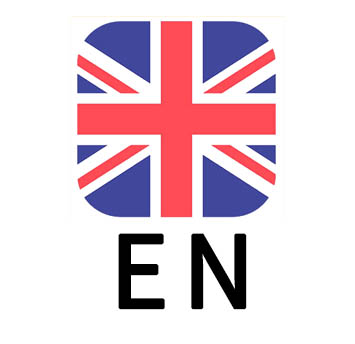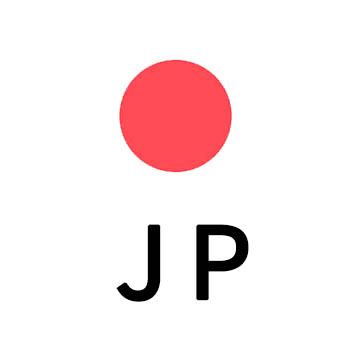
Determining the Purpose and the Means
Hello, I’m Ichiki of Sync Logistics.
In this issue, I would like to share with you the approach that I value the most when creating services, and that is “determining the purpose and the means.”
In the services that we provide as an international logistics company, we have transactions not only within Japan but with other countries as well. Different cultures have different ways of thinking. Moreover, the world is changing at an ever-accelerating pace, and I feel there are big differences in the ways of thinking among different generations.
Let me ask you a question.
What do “rules” mean to you?
■There is a purpose in a rule.
Laws, customs, and rules. In any community, there are rules.
For example, traffic rules. When the traffic light is red, we must stop. When the traffic light is green, we must proceed. When the traffic light is yellow, we must stop except when it is unavoidable.
Traffic rules exist for the purposes of preventing traffic accidents to protect the lives of citizens, ensuring a smooth flow of vehicles, and facilitating economic activities. Naturally, I always follow traffic rules in my everyday life.
■There are times when rules do not make sense.
Last autumn, I broke a traffic rule.
On my home from golf, I stopped at a red light at an intersection. It was a Sunday evening, there was traffic, and I wanted to get home quickly. The light turned green, and I was about to step on the gas pedal and make a right turn. I was about to turn right when a mobility scooter driven by a senior citizen started to cross the intersection at an angle. It was probably going at 5 to 6 kilometers per hour. Because it was a scooter that was probably designed for seniors, it was going at a very slow speed.
I stopped at the intersection, turned my hazard lights on and ran up to the grandma.
I told her, “Grandma, that’s not allowed. You shouldn’t enter an intersection on a mobility scooter.”
She looked panicked and didn’t seem to understand what she did. Later, I managed to guide her to the sidewalk.
It was my first time witnessing such a thing involving an elderly person, so I was surprised. I’m just glad that it didn’t turn into an accident.
■ Understanding the purpose, then doing the right thing.
As I mentioned in my extreme example above, I deviated from the rules by stopping at an intersection and getting out of the car.
But I think I did the right thing. That’s because I know the purposes of traffic rules which are “preventing traffic accidents to protect the lives of citizens, ensuring a smooth flow of vehicles, and facilitating economic activities,” and I believe my choice was the morally right one.
Industry practices, national laws, and rules created by companies
Even if we set rules (which are essentially restrictions), we can still protect people and social order, and maximize wealth. I believe that we should abide by the rules while continuing to understand their purposes.
The reason why we often ask “why” when creating our services is because understanding our original purpose is the most important thing, and the correctness of that purpose determines the success of our business. Instead of pursuing short-term profits for our company, we would like to create services one after the other that maximize the prosperity of our customers, partner companies, and employees.
Thank you for your time.







